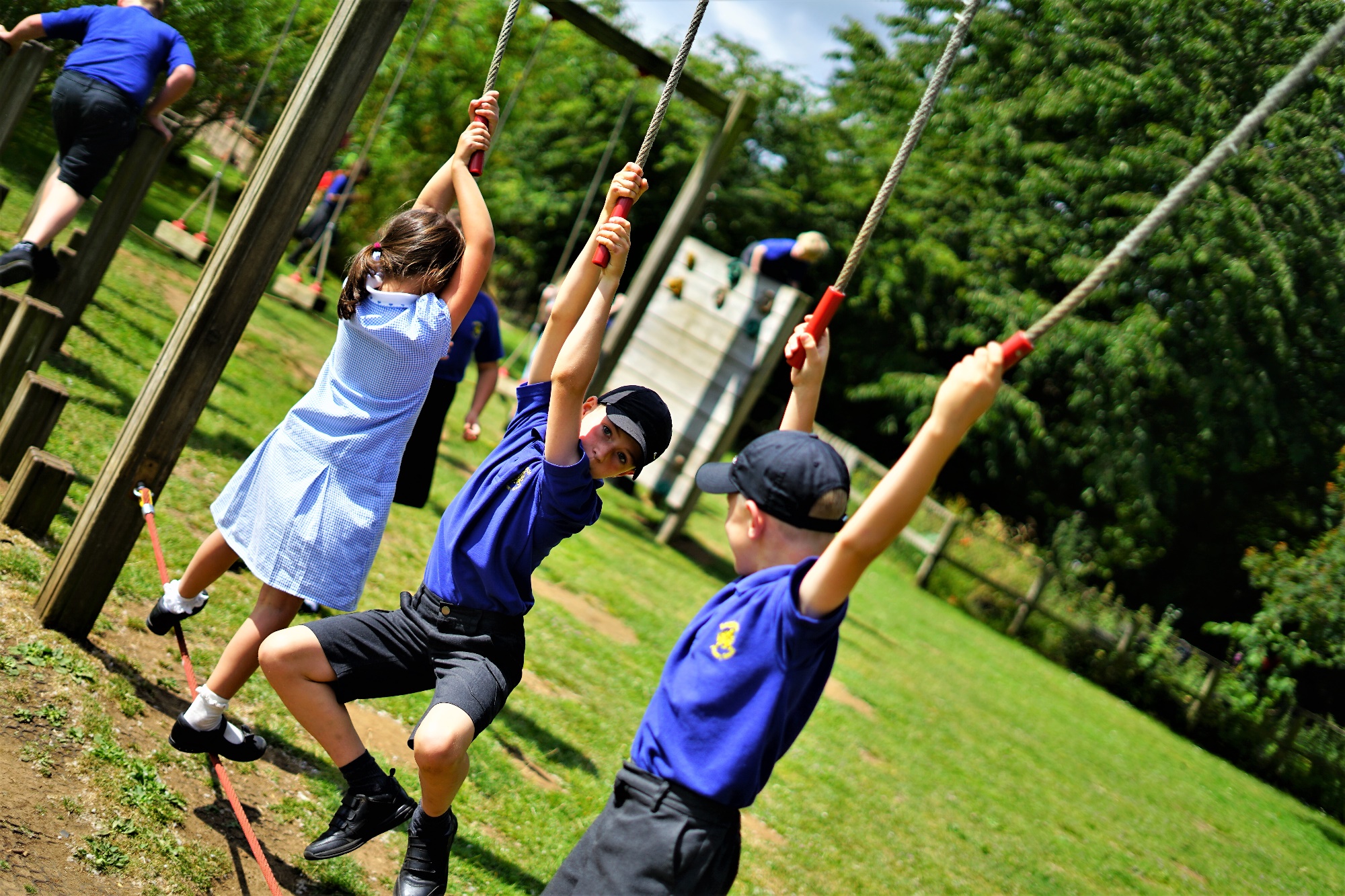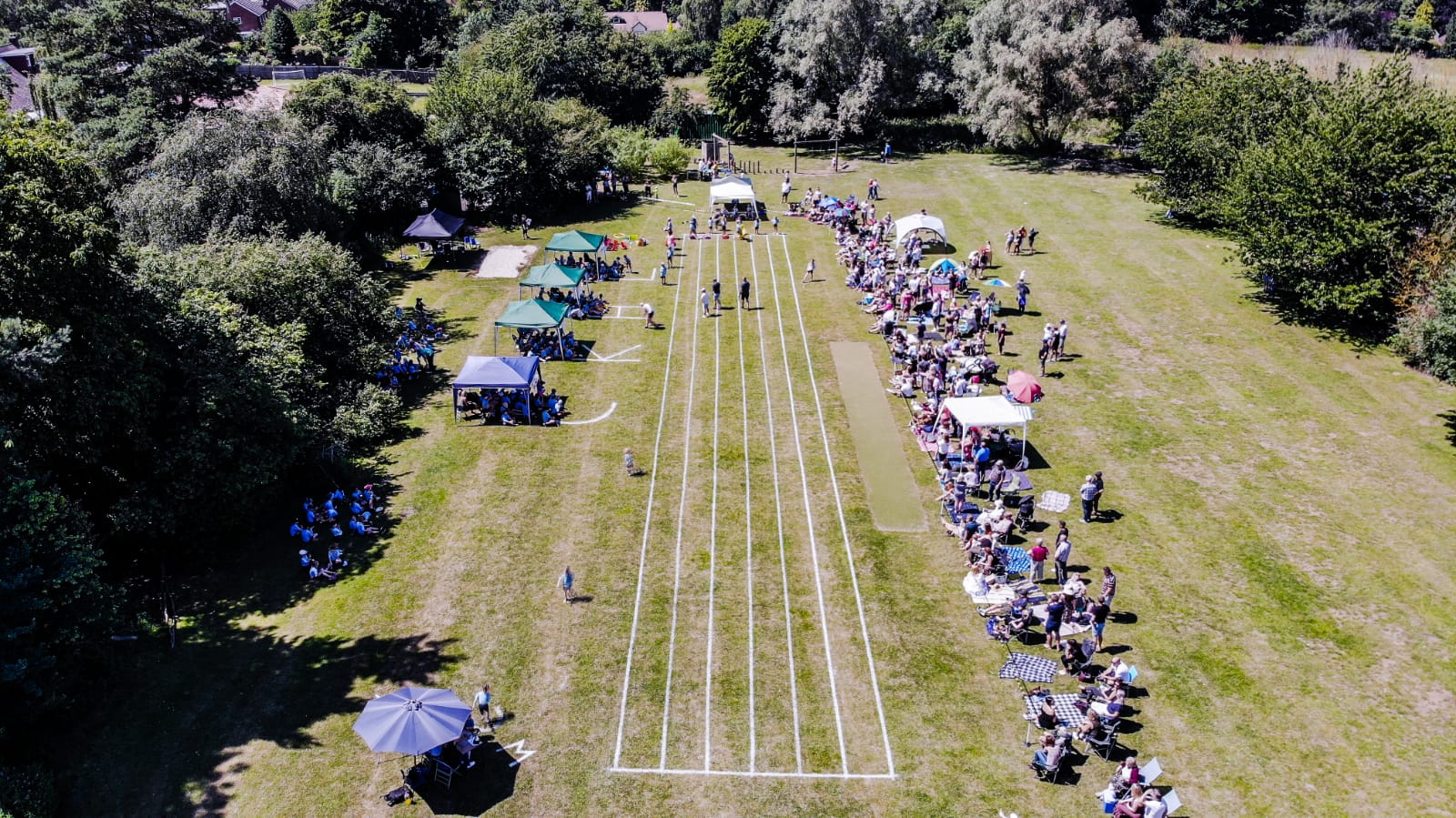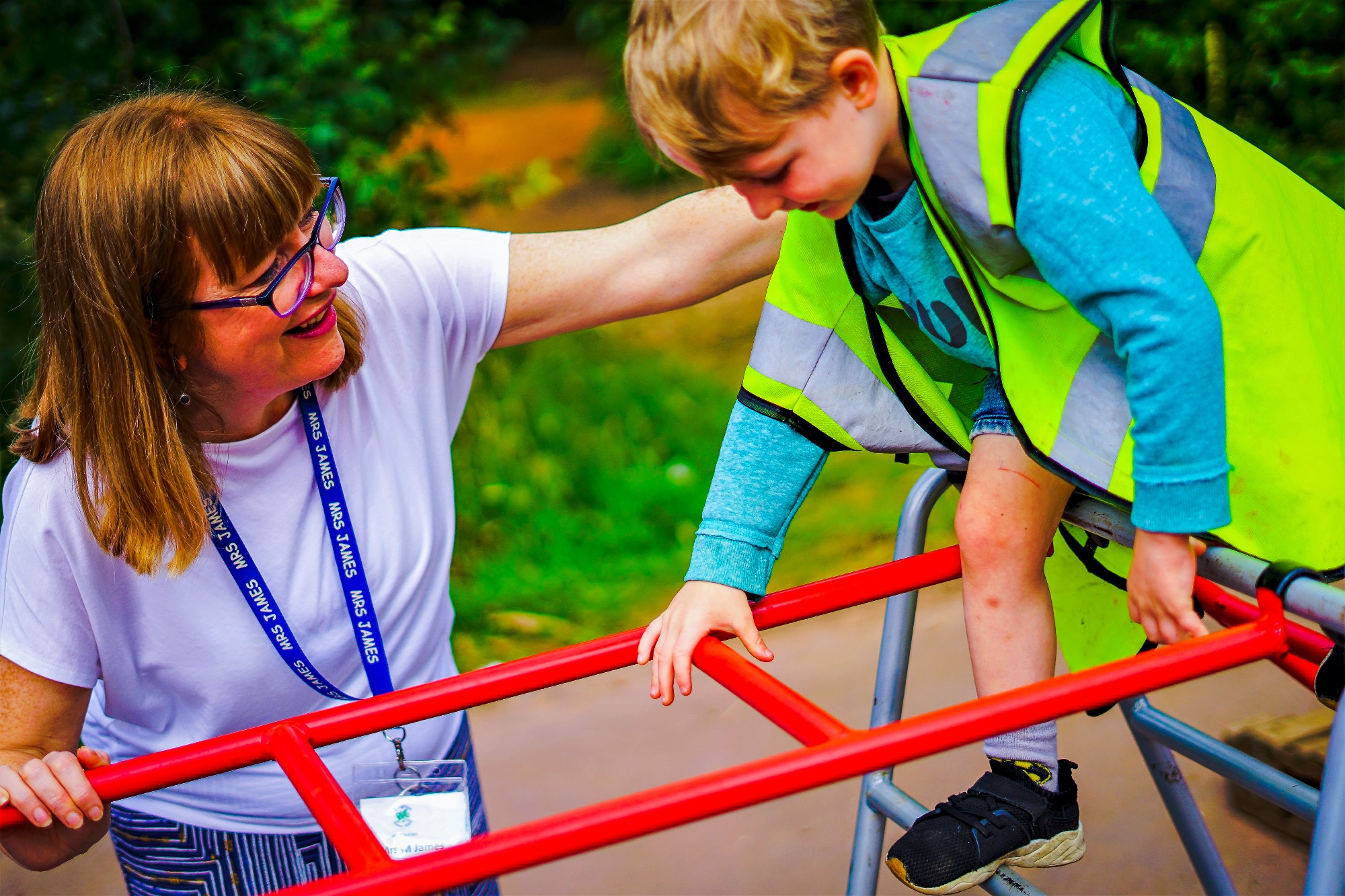Online Safety
The internet is here to stay and we need to be one-step ahead of our children, being knowledgeable about the potential risks and dangers, whilst embracing the wonders of technology
We have a few tips to help parents to navigate the online world with their children, which we are calling the "Four S Approach": set boundaries; supervise; settings; and say no!
-
Set boundaries.
Children are naturally curious and will want to explore the world, including the online world. It is up to us, as their guiding adults, to set clear boundaries for them. If allowing your child a device, have clear rules about where, when and how it will be used.
-
Where: set a rule about where you are happy for your child to use their device. Ideally, it is better if they are in a room with you so you can see what they are accessing, viewing and sending. My rule of thumb for primary age is all devices live downstairs and not in bedrooms.
-
When: set a rule about the times when you are comfortable for your child using their device. Bedtime is to be avoided, as the blue light will interfere with sleep (even with filters). Are you happy for them to take their device to other people’s houses, parties etc.?
-
How: set a rule for how the device is to be used, for example, not everyone is comfortable with photos or videos being taken of them on someone else’s device, and especially without consent. If it is a phone, are you happy for your child to make calls? Do you know who they are phoning?
-
Supervise.
Watch content with your child. Talk to them about what they are doing. Become part of their online world. This is the time to co-navigate the tech with them. Be curious and interested. It will become much harder to enter their world as they approach secondary school.
-
Settings.
Ensure all the settings on your child’s device are set to the highest security possible. Think of it as just as important as locking your front door or your car.
-
Say no!
Games and social media sites have age ratings because the content is considered suitable for users of that age and older. Become familiar with this and do not be afraid to say no when your child is asking to access sites that are not appropriate for their age.
We will be using this page of the website to upload factsheets and information to help you with this tricky area, and will highlight the new additions in our weekly newsletter.
Mrs James - Designated Safeguarding Lead
Miss Page - Computing Lead















